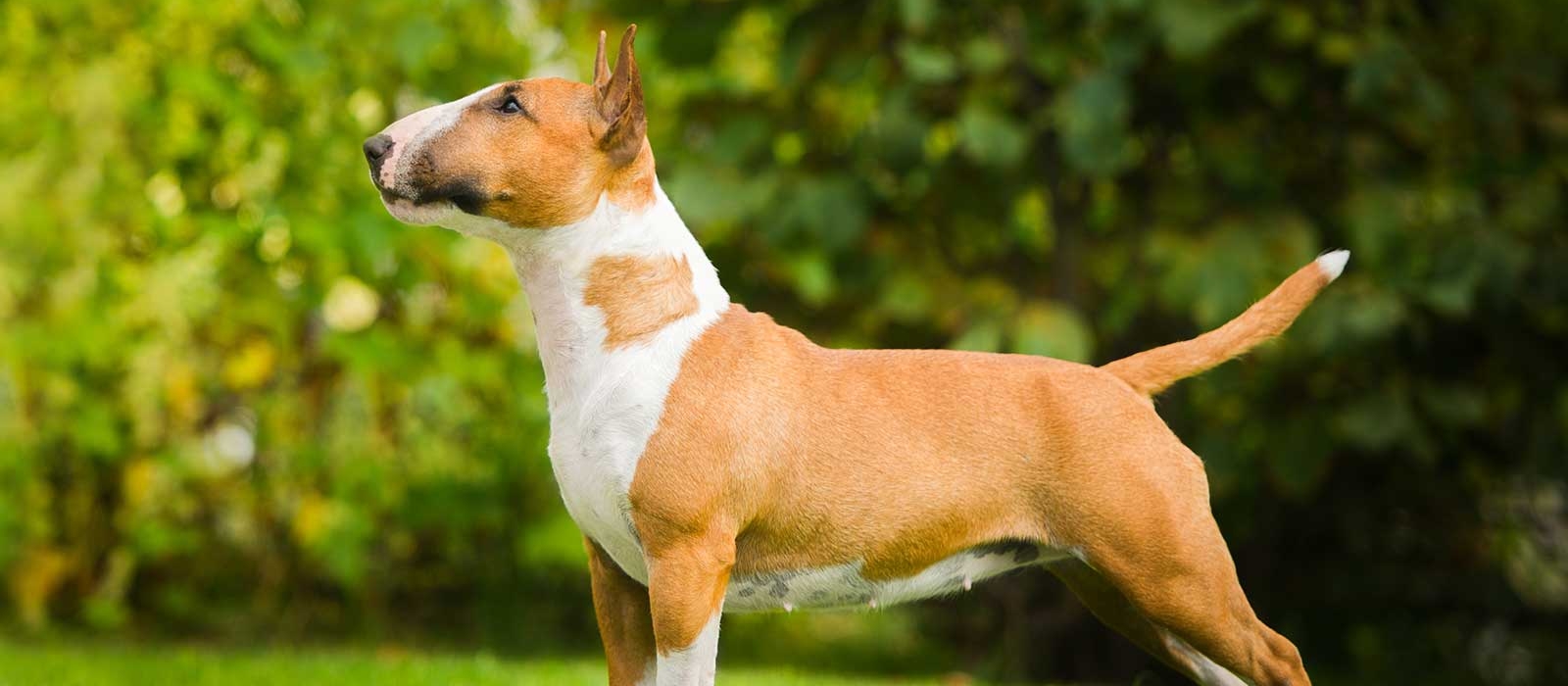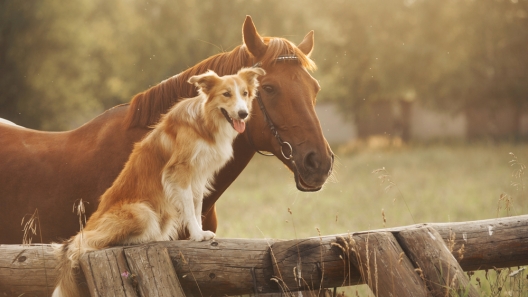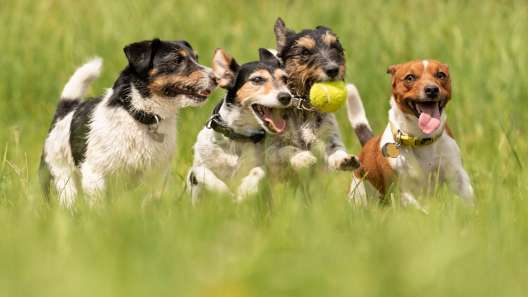-
Activity Level:
moderate
-
Shedding Level:
moderate
-
Grooming Level:
low
-
Trainability:
moderate
-
Good for Novice Owners:
moderate
-
Adaptability:
high
-
Kid/Pet Friendly:
often
-
Prey Drive:
high
-
Watchdog:
aware
- Average Size: Medium
- Average Lifespan: 12-13 years
- Registered?: aca, akc
Bull Terrier Dog Breed Information
Overview
Temperament
Adaptability
Health
Owner Experience
Grooming
Activity Level
Size
Life Span
Did You Know?
The Bull Terrier is known for their unique “egghead” look and comical personality. But, as with many strong dogs, their origin is not as happy. The Bull Terrier originated in Britain and was created by crossing Bulldogs with Terriers. The goal at the time was to create a strong dog with a fiery spirit that was also quick and agile that could be used for underground blood sports like dog fighting and bull-baiting.
Thankfully, both bull-baiting and dog fighting were banned in Britain by the mid-1800s. In the early 1860s, James Hinks refined and standardized the modern Bull Terrier to be more of a companion. In this way, the Bull Terrier transitioned from a fierce fighter when needed to a refined and fashionable companion for upper-class gentlemen. The American Kennel Club recognized the Bull Terrier in 1885 as a member of the Terrier Group.
Bull Terriers may be stubborn sometimes, but they are playful dogs that are devoted to their families. They thrive on affection and have an exuberant, comical personality with a mischievous streak. They tend to get along well with children and make a great family pet.
As with any dog, socialization and training early and often are important. The same is true for a Bull Terrier. A well-socialized Bull Terrier gets along well with other dogs and animals. They do not tend to bark a lot unless they have been trained into it or it is a result of poor or no training. Normally, when they do bark, there’s a good reason for it, which makes them an excellent watchdog.
The Bull Terrier is a highly adaptable dog breed. They do well in large homes with room to run and can adapt to apartment living as long as they are given the attention, mental stimulation, and exercise they need to be happy and healthy. They do well in most climates. But, as with any dog breed, they are sensitive to heat and extreme cold.
Their short coat also means they may need to bundle up in the winter to stay warm. Having some basic winter dog products on hand can help your Bull Terrier stay safe and warm as temperatures drop. Because they thrive on attention and crave affection from their favorite humans, they do not like to be left alone for long periods of time.
Although the Bull Terrier is a relatively healthy dog breed, there are some potential health issues to be aware of. These concerns include skin allergies, patellar luxation, kidney issues, heart issues, and deafness.
Reputable breeders will screen their stock to avoid passing issues like this on to puppies. So, don’t be afraid to ask the breeder about the genetic and health history of both of the parents. You can also ask to see any relevant health clearances or test results.
This is a moderately trainable dog breed. Although they are intelligent, they are independent and are more interested in having fun than meeting a certain standard of work ethic. As long as you make training fun, a Bull Terrier will likely do what is asked of them and excel.
These traits can be an obstacle for first-time dog owners to navigate on their own. Not only are puppy training classes a great help in this case, but they also often offer great opportunities to socialize a puppy.
The Bull Terrier has a short, glossy, and low-maintenance coat. They’ll shed moderately year-round and slightly more as the seasons change, but they only require weekly brushing and the occasional bath.
In addition to coat care, you will also need to take care of your Bull Terrier’s nails, ears, and teeth. Cutting your dog’s nails monthly is usually sufficient to keep them from growing too long. But, they may need to be trimmed more often if they grow quickly or just aren’t wearing down as much naturally.
Checking ears weekly and carefully cleaning your dog’s ears as needed can help prevent ear infections. Although the Bull Terrier is less prone to ear infections than droopy-eared dogs, you still want to check and make sure their ears are clean, dry, free of debris and pests, and aren’t showing any signs of redness or irritation.
It’s also important to practice good dental care for dogs to prevent painful dental diseases like gum disease, tooth decay, and tooth loss later in life. Using an enzyme toothpaste or brushing your dog’s teeth every day is ideal. On top of that, you can work with your vet to pick out some safe dental hygiene chews and treats and even create a special “dental care diet” personalized for your pup.
Although the Bull Terrier is a sporting breed, they only require moderate exercise to stay happy and healthy. Daily walks plus some extra activity are usually sufficient for this dog, but they’re likely to be up for more activity if you are. Most of the time, they’re just happy to be with you and to be getting some exercise.
They are sturdy and athletic dogs, so don’t be afraid to try a bunch of different activities with them. You might find that your Bull Terrier’s favorite activity is hiking, swimming, playing frisbee, or even training for dog sports like agility, tracking, obedience, flyball, carting, and more.
A fully-grown Bull Terrier usually stands 21-22 inches tall and weighs 50-70 pounds.
A Bull Terrier generally lives 12-13 years.
Bullseye, the Target mascot, was a Bull Terrier.









